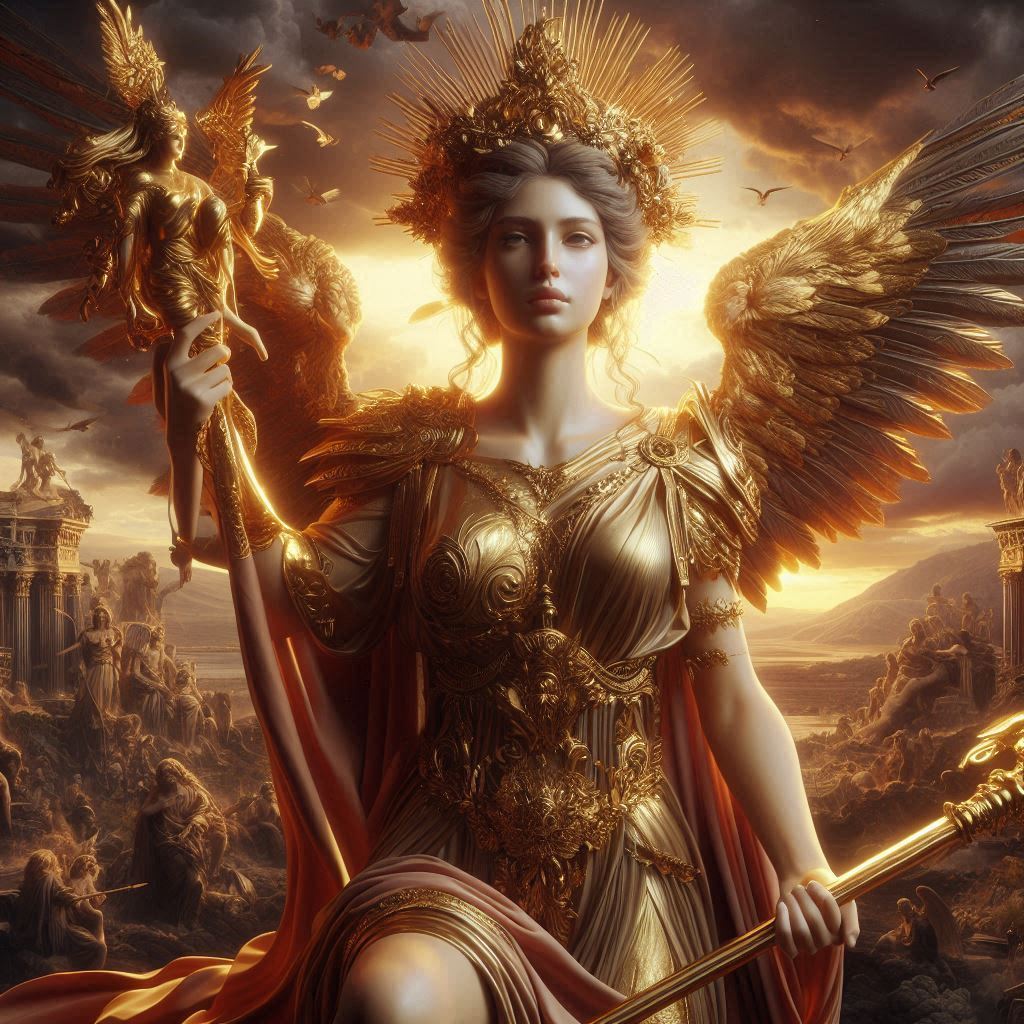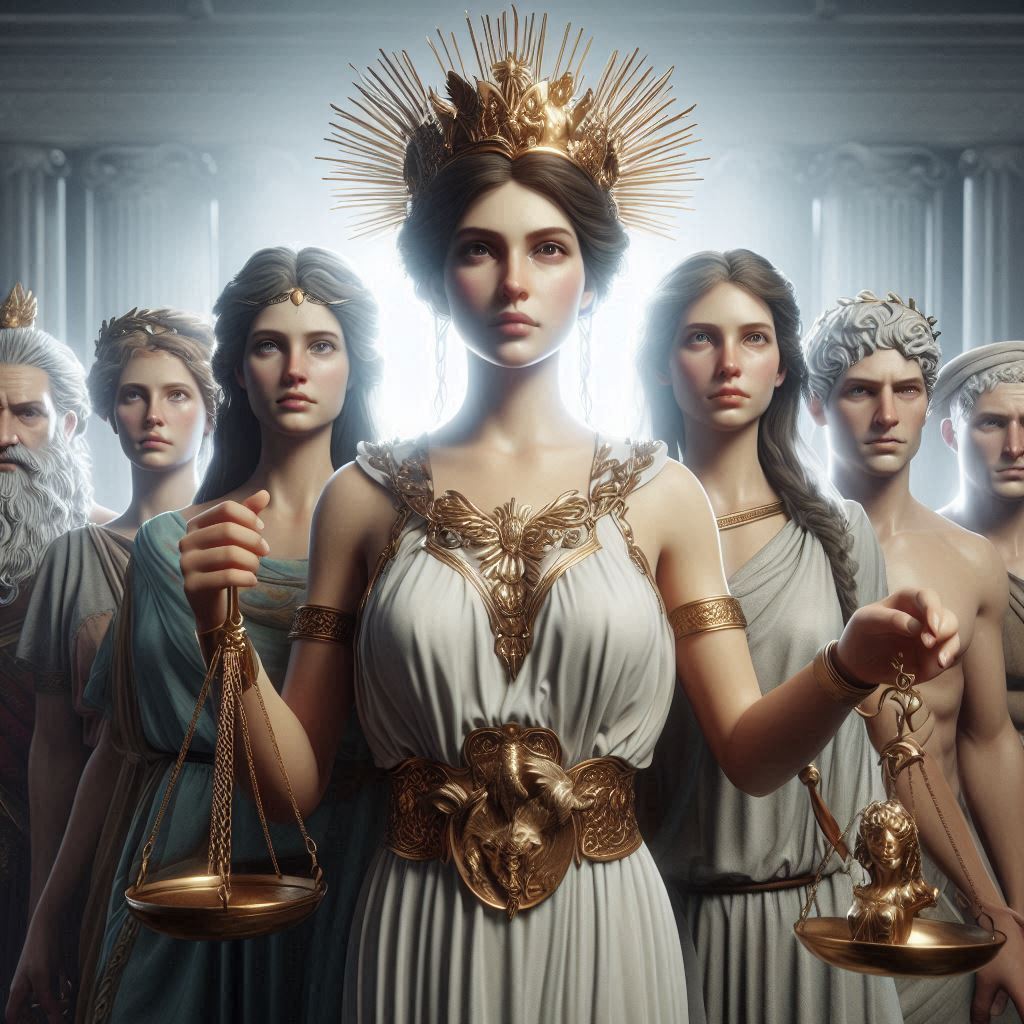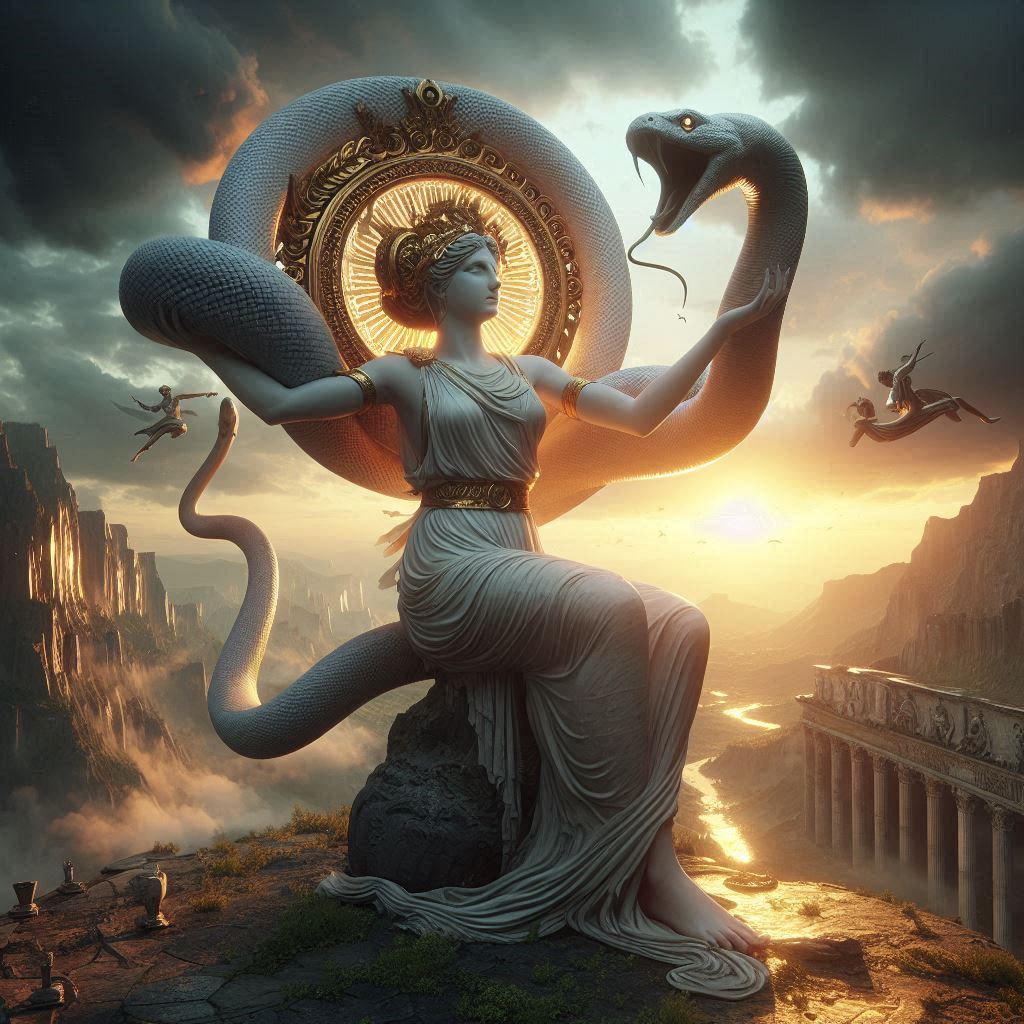Table of Contents
War and Peace: A Masterpiece of Literature
Leo Tolstoy’s War and Peace is one of the most celebrated novels in world literature. Published between 1865 and 1869, this epic work explores the lives of Russian aristocrats against the backdrop of the Napoleonic Wars, particularly the French invasion of Russia in 1812. Combining historical narrative with philosophical reflections, War and Peace transcends the boundaries of a traditional novel, blending fiction, history, and philosophy into a profound meditation on human existence.

At over 1,200 pages, the novel is vast in scope, featuring hundreds of characters and multiple interwoven storylines. Yet, its brilliance lies not only in its grand scale but also in its deep psychological insights into human nature, love, war, and destiny. This essay examines the novel’s major themes, characters, and Tolstoy’s philosophical views, demonstrating why War and Peace remains a timeless literary masterpiece.
Historical Context and Structure
War and Peace is set during one of the most turbulent periods in European history—the Napoleonic Wars (1803–1815). The novel focuses on Russia’s involvement in these conflicts, particularly the French invasion of 1812. Tolstoy meticulously researched historical events, incorporating real figures like Napoleon Bonaparte and Russian generals such as Mikhail Kutuzov. However, he also challenges traditional historical narratives, arguing that history is shaped not by great leaders but by countless small actions and coincidences.
The novel’s structure is unconventional, alternating between war and peace—battlefields and aristocratic salons. It is divided into four volumes, with an epilogue that delves into Tolstoy’s philosophy of history. The narrative shifts between fictional characters (the Rostovs, Bolkonskys, and Bezukhovs) and real historical events, creating a rich tapestry of personal and national struggles.
Major Themes
1. The Nature of War
Tolstoy presents war not as a glorious endeavor but as chaotic, brutal, and often meaningless. He rejects the romanticized portrayal of battles, instead depicting the confusion, fear, and randomness of combat. For example, the Battle of Borodino—one of the novel’s most famous scenes—is described with stark realism, showing how soldiers experience war as a series of disjointed, terrifying moments rather than a heroic spectacle.
Tolstoy also critiques the idea that war is controlled by military geniuses like Napoleon. Instead, he argues that historical events are the result of countless unpredictable factors, and leaders often take credit for outcomes they do not truly control.
2. Free Will vs. Determinism
One of Tolstoy’s central philosophical arguments is the question of free will. He suggests that while individuals believe they make independent choices, their actions are often governed by larger historical forces. Characters like Prince Andrei Bolkonsky and Pierre Bezukhov struggle with their sense of agency, only to realize that life follows its own inexorable course.
In the epilogue, Tolstoy expands on this idea, asserting that historians wrongly attribute events to individual leaders when, in reality, history is a complex web of interconnected causes beyond human control.
3. The Search for Meaning
Many characters in War and Peace embark on personal quests for purpose. Pierre Bezukhov, an idealistic and somewhat naïve nobleman, undergoes a profound spiritual transformation. Initially searching for meaning in Freemasonry, wealth, and love, he eventually finds enlightenment through suffering—particularly during his captivity by the French. His encounter with the peasant Platon Karataev teaches him simplicity and acceptance, shaping his worldview.
Similarly, Prince Andrei begins as a disillusioned aristocrat seeking glory in war but later realizes the futility of ambition. His near-death experience at Austerlitz and his final moments before dying bring him a sense of peace and transcendence.
4. Family and Human Connections
The novel contrasts two aristocratic families—the warm, affectionate Rostovs and the stern, disciplined Bolkonskys. Natasha Rostova embodies vitality and emotional spontaneity, while Marya Bolkonskaya represents piety and endurance. Their relationships—Natasha’s youthful romance with Andrei, her eventual marriage to Pierre, and Marya’s union with Nikolai Rostov—illustrate Tolstoy’s belief in the redemptive power of love and family.
Tolstoy suggests that true happiness lies not in grand achievements but in simple, everyday connections. The epilogue, which fast-forwards to 1820, shows the characters settled into domestic life, suggesting that personal fulfillment comes from love, family, and ordinary existence rather than historical glory.
Key Characters
1. Pierre Bezukhov
The novel’s emotional core, Pierre is an awkward, intellectual outsider who inherits vast wealth but struggles with existential questions. His journey—from disillusionment to spiritual awakening—mirrors Tolstoy’s own philosophical inquiries. Pierre’s experiences, including his failed marriage to the beautiful but manipulative Hélène Kuragina and his witnessing of wartime atrocities, lead him to a deeper understanding of life.
2. Prince Andrei Bolkonsky
A proud and introspective aristocrat, Andrei initially seeks honor in war but becomes disillusioned after being wounded at Austerlitz. His failed engagement to Natasha and his eventual death in the 1812 campaign mark him as one of the novel’s most tragic figures. Yet, his final moments reveal a sense of spiritual clarity, embodying Tolstoy’s themes of acceptance and transcendence.
3. Natasha Rostova
Natasha is one of literature’s most vibrant heroines—passionate, impulsive, and full of life. Her growth from a naive girl to a mature woman reflects Tolstoy’s belief in the transformative power of love and suffering. Her mistakes (such as her near-elopement with Anatole Kuragin) and her eventual marriage to Pierre demonstrate her emotional depth and resilience.
4. Napoleon and Kutuzov
Tolstoy contrasts Napoleon, whom he portrays as arrogant and deluded, with Kutuzov, the Russian general who understands the limits of human control. Kutuzov’s patience and intuition symbolize Tolstoy’s belief that true leadership comes from humility and alignment with historical inevitability.
Tolstoy’s Philosophy of History
In the novel’s second epilogue, Tolstoy diverges from fiction to present his theory of history. He rejects the “Great Man” theory, arguing that history is shaped by countless small actions rather than individual leaders. He compares historical events to calculus—an infinite series of infinitesimal forces combining to produce change.
This deterministic view aligns with his broader philosophical stance: that human freedom is an illusion, and true wisdom lies in recognizing the limits of individual power.
Conclusion
War and Peace is more than a historical novel—it is a profound exploration of human existence. Through its intricate characters, sweeping narrative, and philosophical depth, Tolstoy examines war, destiny, love, and the search for meaning. His rejection of conventional historical narratives and his emphasis on the interconnectedness of life make the novel a timeless masterpiece.
Over a century after its publication, War and Peace continues to captivate readers with its emotional richness and intellectual grandeur. It remains not only a cornerstone of Russian literature but also one of the greatest achievements in world fiction, offering endless insights into the human condition.


No responses yet